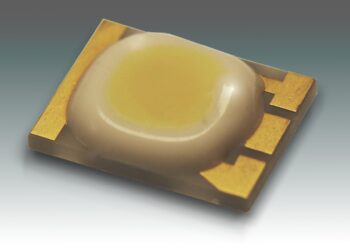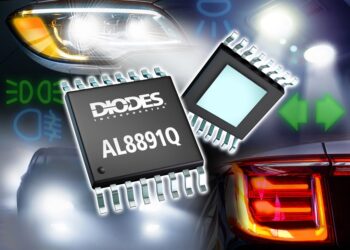The global data center chip market reached a value of US$ 9.56 Billion in 2021. Looking forward, the publisher expects the market to reach a value of US$ 14.11 Billion by 2027 exhibiting a CAGR of 6.40% during 2022-2027, reports ResearchAndMarkets.
Keeping in mind the uncertainties of COVID-19, we are continuously tracking and evaluating the direct as well as the indirect influence of the pandemic on different end use industries. These insights are included in the report as a major market contributor.
A data center is a centralized facility that organizations use for retrieving, storing, and processing physical and virtual data. It consists of power distribution units, switches, servers, chips, and firewalls. Graphics processing unit (GPU), application-specific integrated circuit (ASIC), central processing unit (CPU), and field-programmable gate array (FPGA) are some of the commonly used data center chips. The data center chip is an essential component that is usually found in the server area within a data center. It assists in improving energy efficiencies, redundancy, and flexibility, while enhancing operations and productivity. As a result, data center chips are widely used across various industries, such as manufacturing, transportation, information technology (IT) and telecommunication, and banking, financial services, and insurance (BFSI).
The increasing deployment of cloud computing and data storage solutions across organizations is creating a positive outlook for the market. With the continuous transfer of data from private servers and the integration of connected devices, such as autonomous vehicles, virtual reality (VR) systems, and personal computers (PCs), there is an increasing need for data centers to manage the large amounts of data generated.
Moreover, rapid technological advancements in memory chips and programmable solutions are significantly improving access to large amounts of data and enhancing performance in connected devices and data centers, which, in turn, is providing an impetus to the market growth.
Additionally, the advent of fourth generation (4G) and fifth generation (5G) networks, along with the large-scale integration of the Internet of Things (IoT) technology is also favoring the market growth. In line with this, the rising demand for smart computing devices, such as utility meters, home security, and navigation systems, is positively impacting the market growth. Other factors, including significant improvements in the telecommunication infrastructure and the implementation of various government initiatives regarding the localization of data centers, are anticipated to drive the market toward growth.








